Nuclear fusion
Nuclear Fusion is transitioning to fully open access. In the process it also releases much more energy than most fusion reactions.
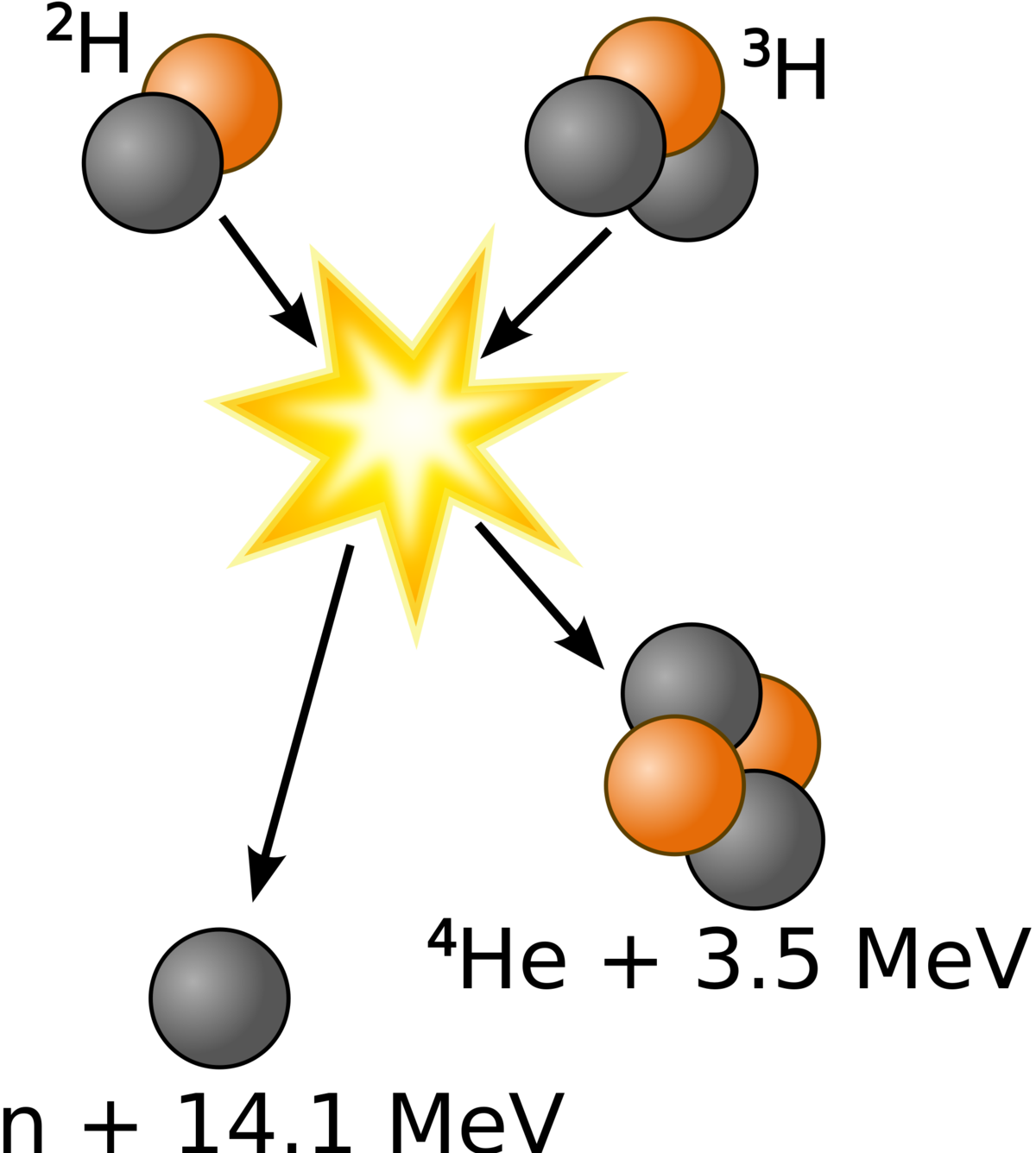
Nuclear Fusion Energy Education
Researchers focus on DT reactions both because they produce large amounts of energy and they occur at lower temperatures than other elements.

. Nuclear fusion is a reaction through which two or more light nuclei collide to form a heavier nucleus. For more information about the move please visit see the FAQ. Nuclear fusion is the process by which two light atomic nuclei combine to form a single heavier one while releasing massive amounts of energy.
In cases where the interacting nuclei belong to elements with low atomic numbers eg hydrogen atomic number 1 or its isotopes deuterium and tritium substantial amounts of energy are released. Nuclear Fusion is the opposite of nuclear fission reaction in which heavy elements diffuse and form lighter elements. Nuclear fusion is the process of forcing together two light atomic nuclei and creating a heavier one in the process taking a tiny amount of matter and turning it into massive amounts of energy.
Nuclear fusion process by which nuclear reactions between light elements form heavier elements up to iron. Submit an article Track my article. Nuclear Fusion is the acknowledged world-leading journal specializing in fusion.
The concept of hybrid fusion can be compared with an accelerator-driven system ADS where an accelerator is the source of neutrons for the blanket assembly rather than nuclear fusion reactions see page on Accelerator-driven Nuclear Energy. These atoms go on to create the nucleus of a heavier atom. Matteo Barbarino IAEA Department of Nuclear Sciences and Applications.
The reaction takes place in a state of matter called plasma which is distinct from. Fusion reactions take place in a state of matter called plasma a hot charged gas made of positive ions and free-moving electrons with unique properties distinct from solids liquids or gases. The nuclear fusion process occurs in elements that have a low atomic number such as hydrogen.
In a potential future fusion power plant such as a tokamak or stellarator neutrons from DT reactions would generate power for our use. DT fusion produces a neutron and a helium nucleus. Both nuclear fusion and.
The blanket of a hybrid fusion system can therefore contain the same fuel as an ADS for example the abundant element thorium or the long-lived heavy isotopes present in used nuclear fuel from a conventional. The journal covers all aspects of research theoretical and practical relevant to controlled thermonuclear fusion. In fusion two atomic nuclei are combined to create a heavier nucleus and the process releases energy.
Nuclear fusion is the same energy that powers the sun and stars and is created when nuclei from two light atoms combine at high speeds. This difference in mass arises due to the difference in nuclear binding energy between the atomic nuclei before and after the reaction. The difference in mass between the reactants and products is manifested as either the release or absorption of energy.
Nuclear fusion is a reaction in which two or more atomic nuclei are combined to form one or more different atomic nuclei and subatomic particles neutrons or protons.
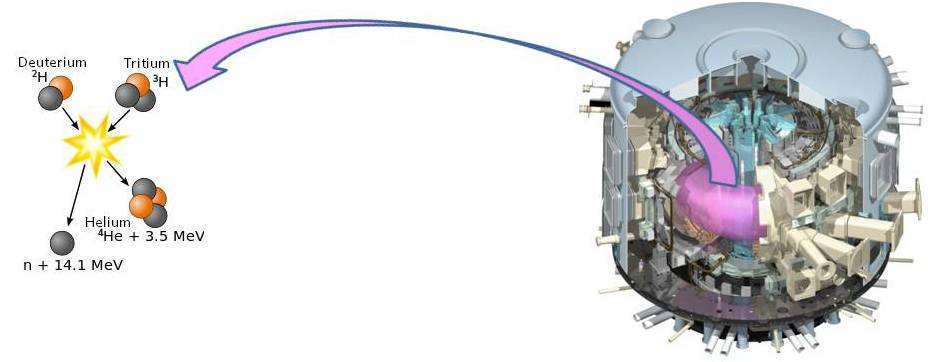
Kit Pl Fusion What Is Nuclear Fusion
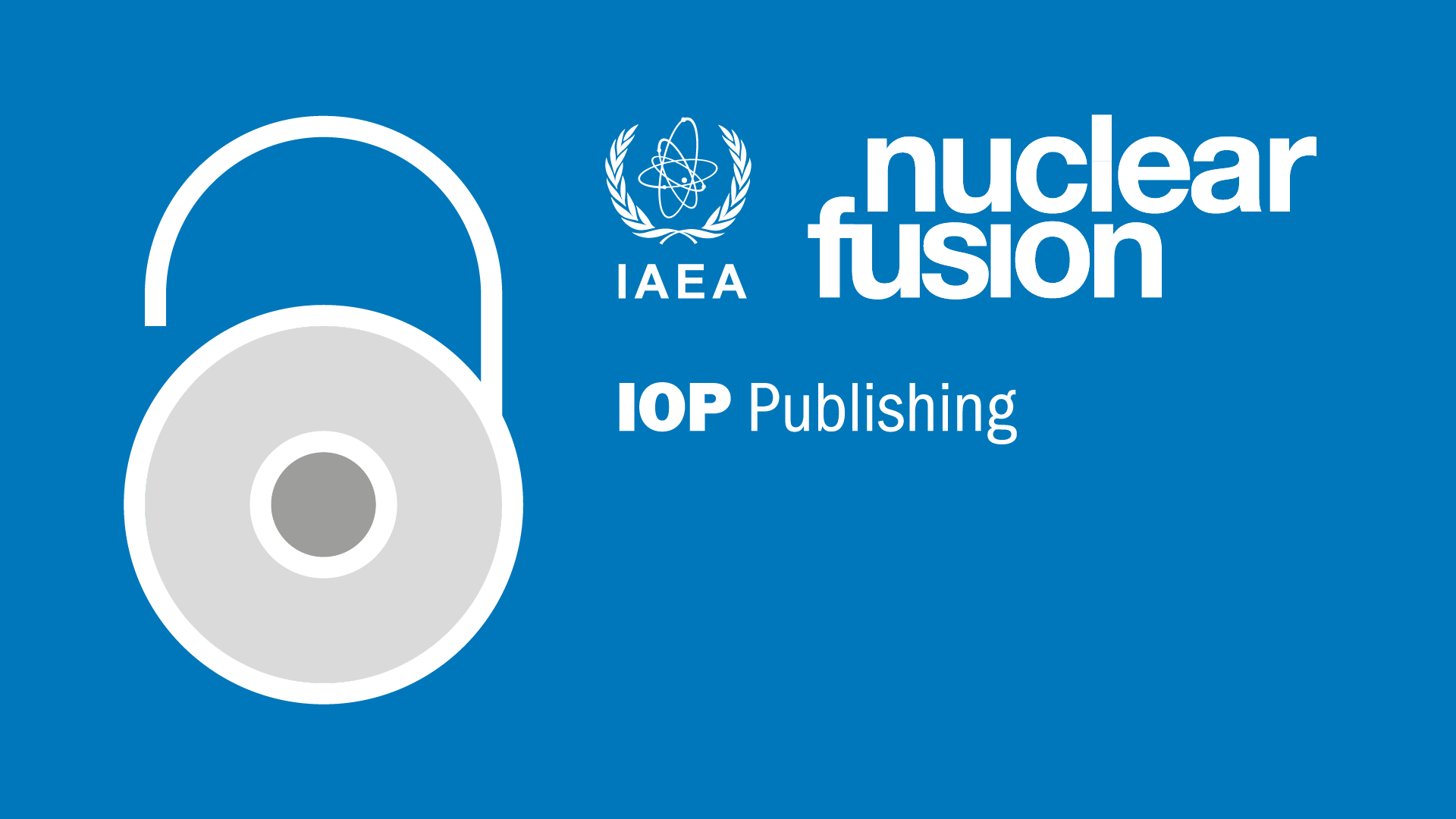
Iop Publishing Announce Nuclear Fusion Will Become Fully Open Access Iop Publishing
Le Tech Insight Starpower Is Nuclear Fusion Still 30 Years Away London Economics
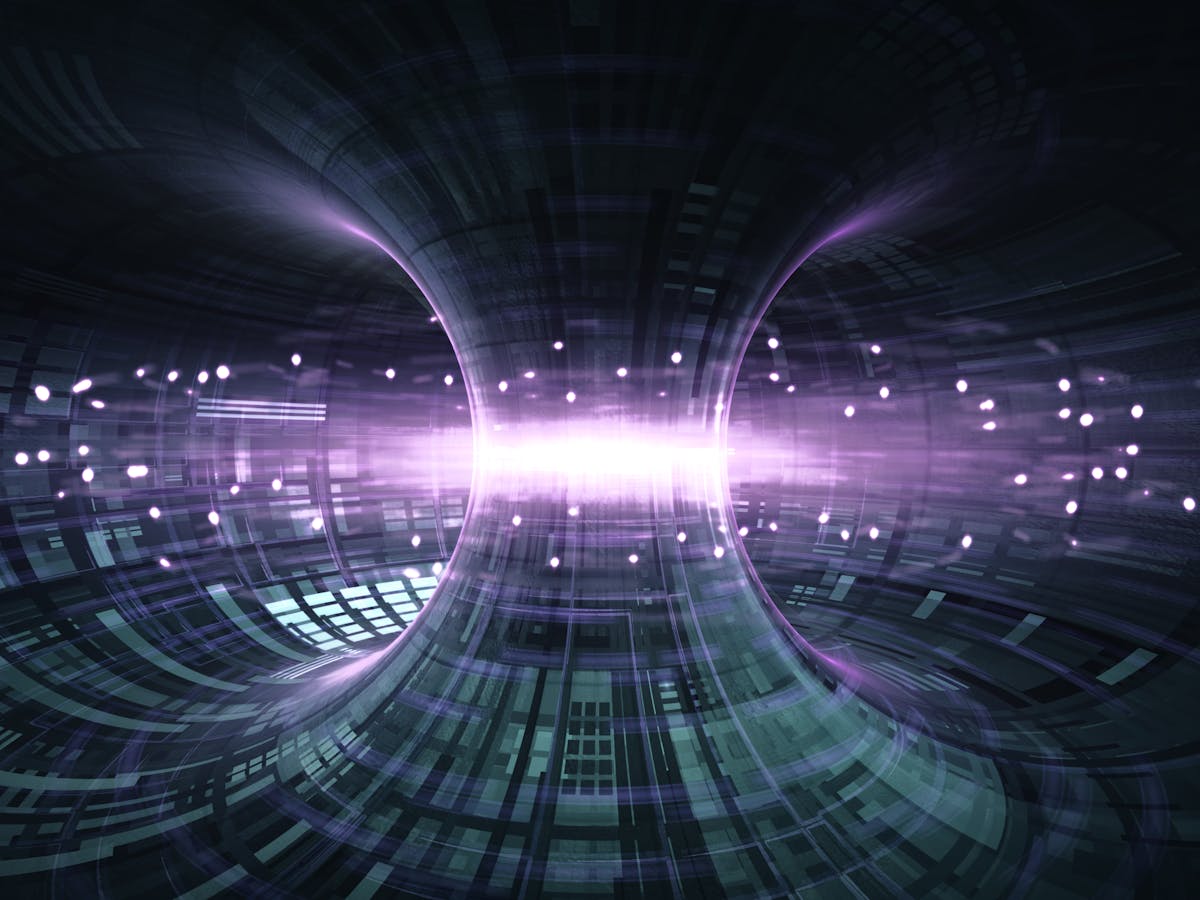
Nuclear Fusion Building A Star On Earth Is Hard Which Is Why We Need Better Materials
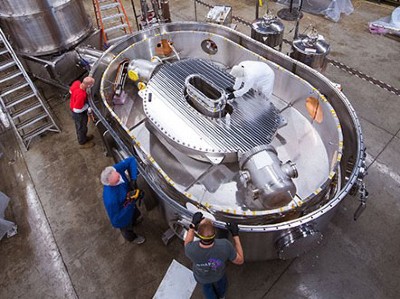
Nuclear Fusion Lab Achieves Ignition What Does It Mean

Nuclear Fusion 7 3 4 Edexcel Igcse Physics Revision Notes 2019 Save My Exams

G3huj9g7mrc83m

Yfedbl5cabqifm
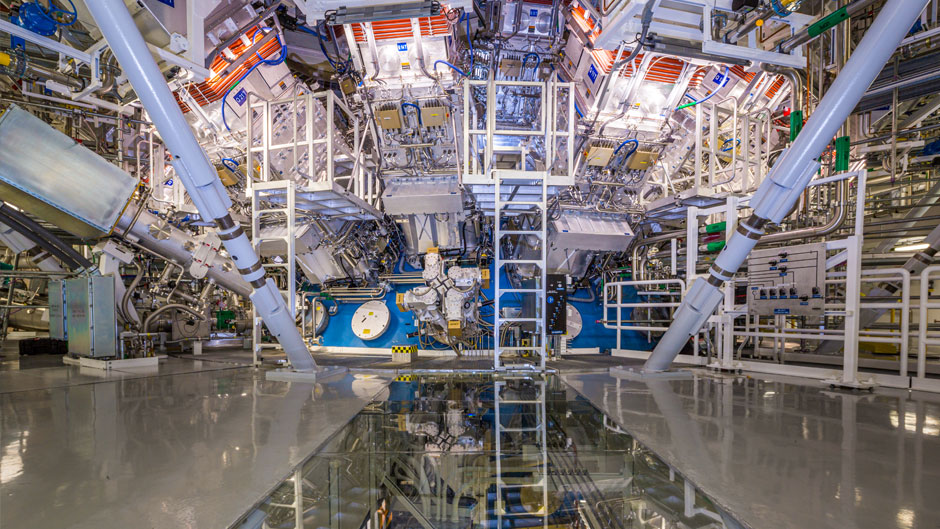
0wihrhdqj7pp9m
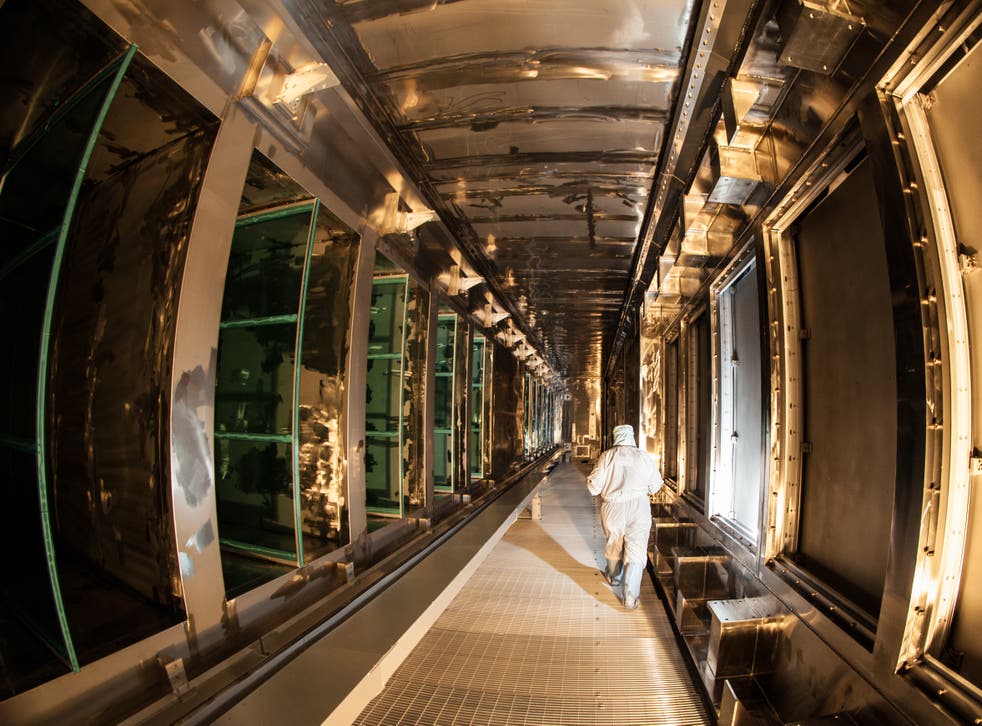
0ql7gytsx Ltvm
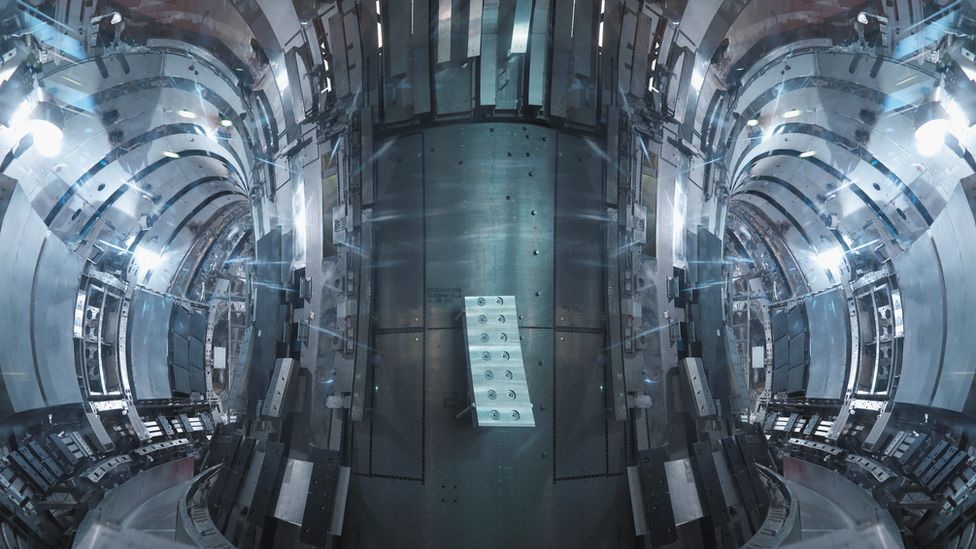
7dot1gzf L9odm
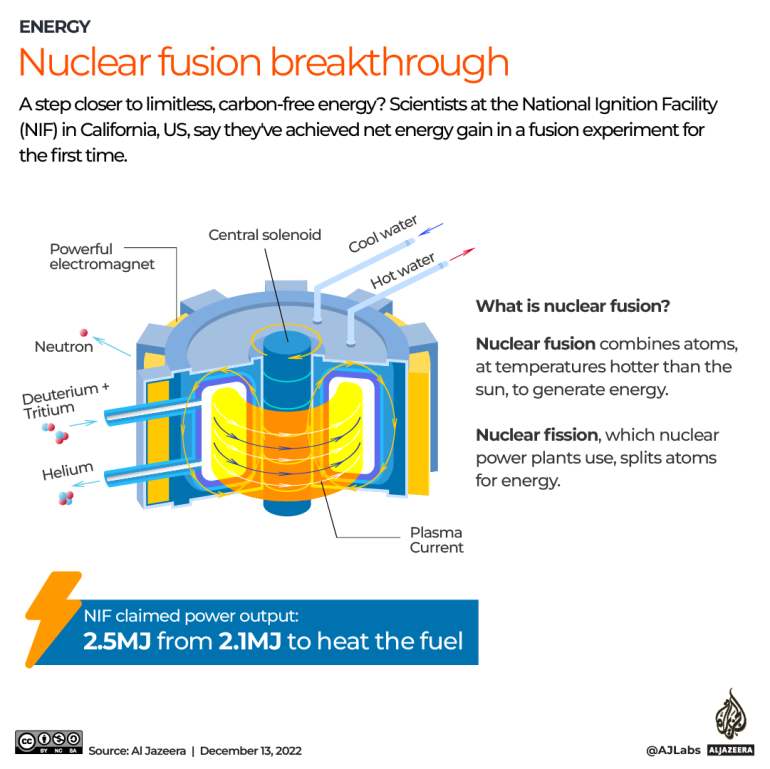
Wfyxr Sealw6im
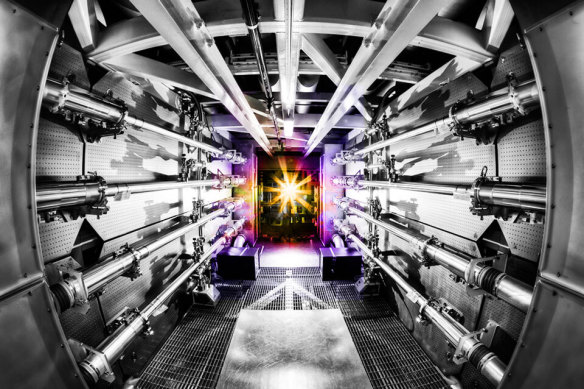
Juiofgmvjmitwm
/cdn.vox-cdn.com/uploads/chorus_asset/file/24288175/1245567063.jpg)
N7nfjmvdd1tprm

Nuclear Fusion Could Give The World A Limitless Source Of Clean Energy We Re Closer Than Ever To It
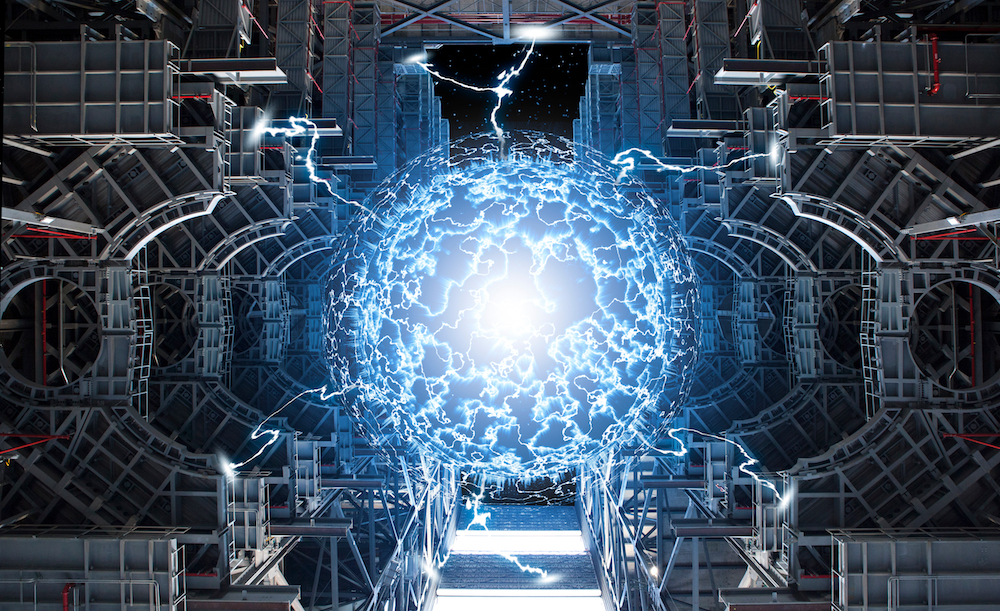
Nuclear Fusion Power Could Be Here By 2030 One Company Says Live Science
Fission Vs Fusion What S The Difference Duke Energy Nuclear Information Center